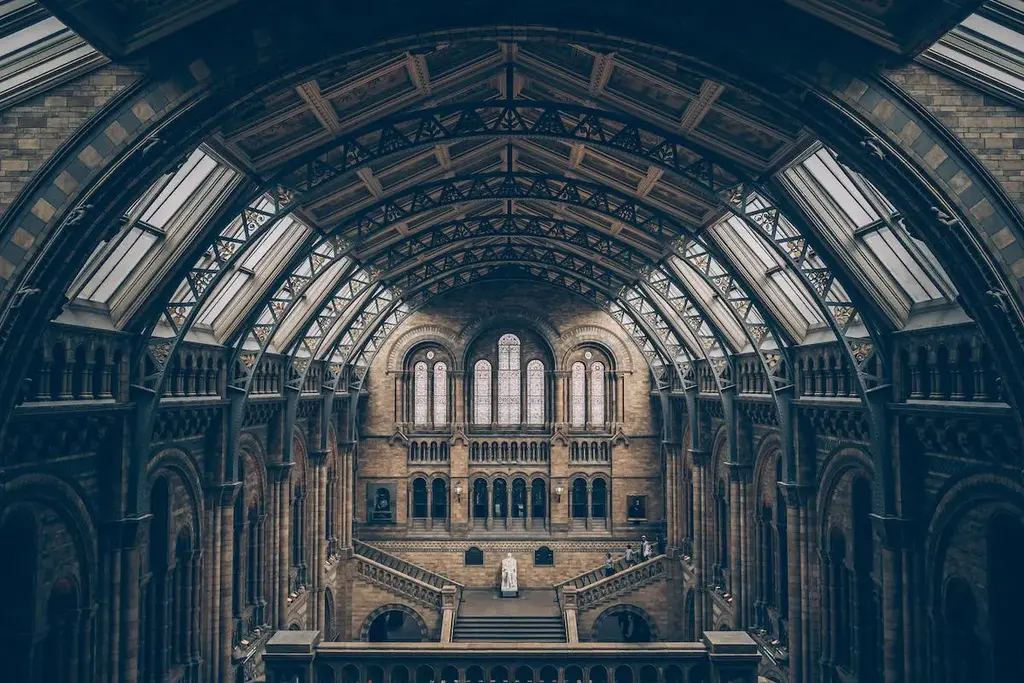Introduction to Transforming the Museum Experience
Transforming the Museum Experience using VR technology refers to the use of virtual reality in creating immersive and interactive experiences for museum visitors. It allows visitors to explore and interact with exhibits in a virtual environment, providing a unique and engaging way to learn about history, art, and culture. Museum VR technology aims to enhance the museum experience by offering a more interactive and immersive way to engage with the exhibits.

Benefits of using VR in museums
Immersive experience: VR technology allows visitors to engage with exhibits in a more interactive and immersive way.
Enhanced learning: VR enhances the learning experience by providing a more engaging and memorable way to absorb information.
Access to rare artifacts: VR enables access to rare and fragile artifacts that may not be available for physical viewing.
Appeal to younger generations: The use of VR can attract younger audiences to museums by offering a more modern and exciting way to learn about history and culture.
Overall, the use of VR in museums has the potential to revolutionize the way people engage with and learn from museum exhibits.
Case study: Implementing VR in a museum
Implementing virtual reality (VR) in museums can enhance the visitor experience by offering immersive and interactive exhibits. According to a case study by the Museum of Modern Art, visitors reported feeling more engaged and connected to the art when using VR. Not only does VR allow visitors to explore historical artifacts and artworks in a new way, but it also caters to different learning styles, making the museum experience more inclusive. By incorporating VR, museums can attract a wider audience and stay relevant in the digital age.
Enhancing visitor experience with virtual reality
Virtual reality (VR) has revolutionized the way museum visitors engage with exhibits. By integrating VR technology into museum experiences, institutions can offer an immersive and interactive journey through history, art, and science. With VR, visitors can explore virtual environments, interact with artifacts, and gain a deeper understanding of the subject matter. This enhanced level of engagement can lead to a more enriching and memorable visit for museum-goers.
Challenges and limitations of museum VR
Museum VR technology faces challenges and limitations that impact its widespread adoption. These include the potential for motion sickness and disorientation among some users, as well as the need for expensive equipment and technical expertise. Additionally, the content creation process can be time-consuming and costly, leading to a limited number of available VR experiences in museums. The need for regular maintenance and updates to keep up with rapidly advancing technology also presents a challenge. Despite these obstacles, the immersive and interactive nature of VR continues to offer exciting opportunities for enhancing the museum experience.
Future potential of VR technology in museums
VR technology has the potential to revolutionize the museum experience in the future. It could enable virtual tours, interactive exhibits, and immersive storytelling to enhance visitors’ engagement and learning. With VR, museums can reach a wider audience and create more captivating and educational experiences. This technology is still in its early stages of adoption, but it holds exciting possibilities for the future of museum visits.
Incorporating educational aspects in VR museum experiences
Creating educational VR museum experiences allows visitors to engage with historical artifacts and artworks in a highly interactive and immersive manner. This can significantly enhance their learning and understanding of the subjects being explored. Through VR, museums can offer educational content such as historical narratives, scientific explanations, and cultural significance in a more captivating and accessible way. This not only makes the museum experience more enjoyable and memorable but also facilitates a deeper learning experience for the visitors.
Impact of VR on museum accessibility and inclusivity
VR technology has significantly enhanced accessibility and inclusivity in museums. It allows people with physical disabilities or limited mobility to experience exhibits and artifacts in a more immersive and interactive way. The use of virtual reality also opens up museum experiences to individuals who may not have the means to travel or visit in person. Additionally, VR has the potential to incorporate multiple languages and provide audio descriptions, making exhibits more accessible to a wider audience.
Designing immersive VR experiences for museums
Immersive VR experiences in museums are designed to engage visitors in a more interactive and dynamic way. These experiences allow visitors to explore virtual environments and artifacts, creating a more engaging and memorable museum experience. By using virtual reality technology, museums can transport visitors to different time periods, locations, and cultural contexts, enhancing their understanding and appreciation of the content. Designing immersive VR experiences for museums involves creating visually stunning and historically accurate virtual environments, as well as integrating interactive elements to ensure a captivating and educational experience for visitors.
Conclusion and takeaway from the museum VR case study
From the case study, it is evident that incorporating virtual reality (VR) into the museum experience can significantly enhance visitor engagement and immersion. VR enables museum-goers to interact with exhibits in a unique and immersive way, providing a deeper understanding and connection to the content. The case study showcased an increase in visitor satisfaction and a higher likelihood of return visits after experiencing VR in the museum setting. The takeaway is that VR has the potential to revolutionize how people engage with cultural and historical artifacts, making the museum experience more interactive and impactful.
